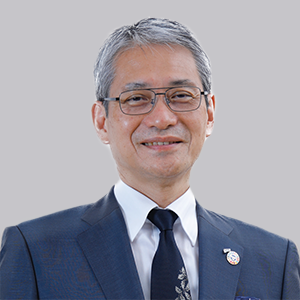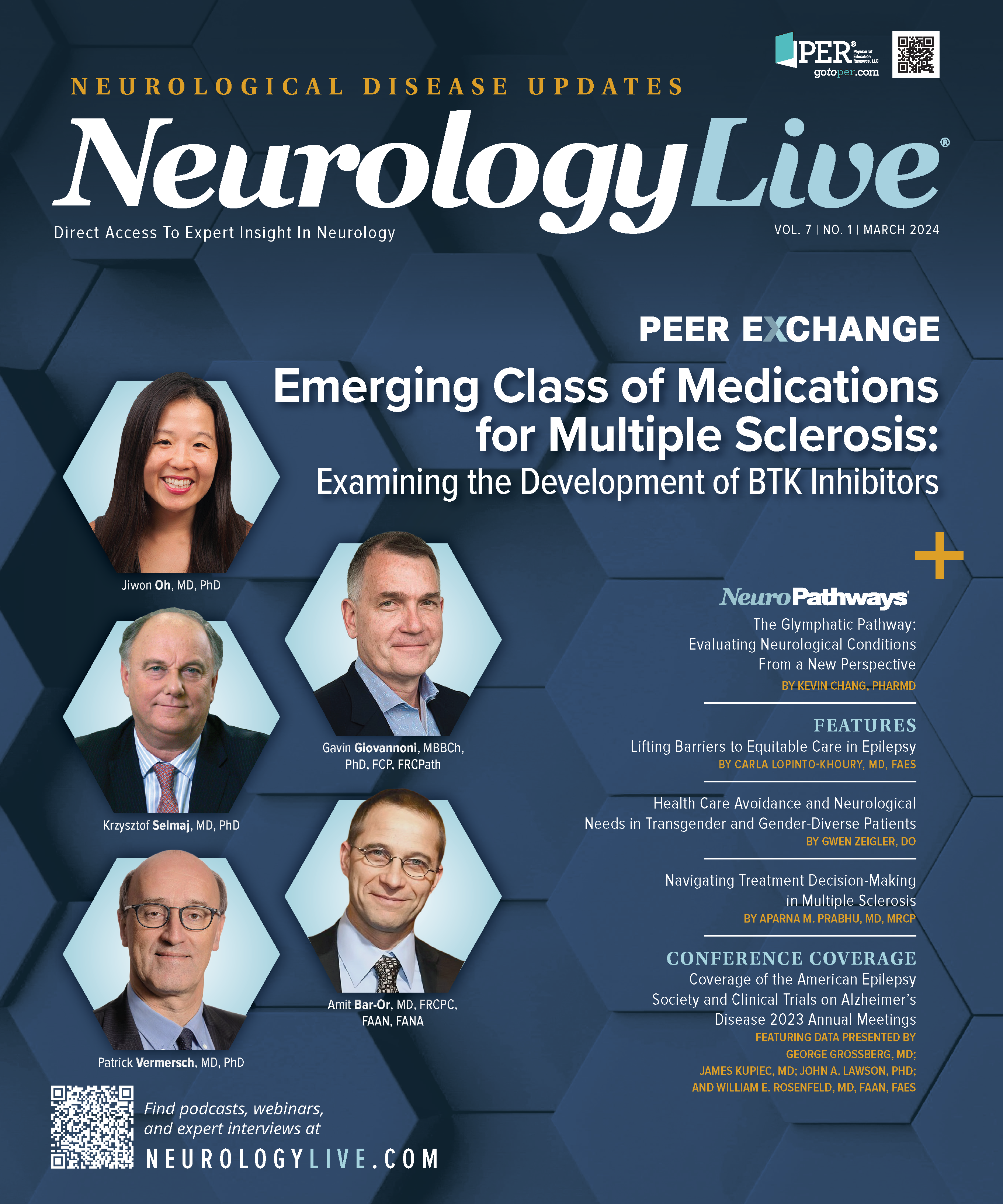News
Article
NeurologyLive
FDA Issues Complete Response Letter for Satsuma’s DHE Nasal Powder STS101 to Treat Acute Migraine
Author(s):
The dihydroergotamine product’s application was supported by phase 1 comparative pharmacokinetic and safety data, and the phase 3 ASCEND trial.
Ryoichi Nagata, MD, PhD, FFPM

The FDA has issued a complete response letter (CRL) to Satsuma Pharmaceuticals’ for STS101, a dihydroergotamine (DHE) nasal powder therapy in development as a treatment for adults with acute migraine.1
In its release, the FDA noted no concerns related with the clinical trial results, including the safety of STS101, and did not request additional clinical trials. However, the agency provided additional comments primarily related to formulation (Chemistry, Manufacturing, and Control - CMC). The company noted that it will engage in discussions with the agency promptly and consider reapplying for market approval.
"We are committed to collaborating with the FDA, addressing their feedback swiftly, and making every effort to deliver STS101 to patients in the United States as soon as possible," Ryoichi Nagata, MD, PhD, FFPM, president and CEO at Satsuma Pharmaceuticals, said in a statement.1
The therapy’s new drug application was supported by data from a phase 1 comparative pharmacokinetic and safety trial (NCT03874832) and the phase 3 ASCEND trial (NCT04406649). Although not required for the application, the results from the phase 3 SUMMIT trial (NCT04406649) were also considered. The application was accepted for review in late May 2023.2
“DHE has long been recommended as a first-line option for the acute treatment of migraine, but the currently-available injectable and liquid nasal spray dosage forms have significant drawbacks that result in limited prescribing, utilization and acceptance among patients,” Alan M. Rapoport, MD, professor of neurology at UCLA and the former President of the International Headache Society, said in a September 2022 a statement.3 He added that the “totality of data generated to date with STS101 point to its potential to transform the paradigm for the acute treatment of migraine attacks,” and noted his anticipation that the therapy would be frequently incorporated into clinical treatment plans.
WATCH NOW: Patient-Centered Care to Address Symptoms in Migraine Treatment: Amaal Starling, MD, FAHS, FAAN
The ASCEND trial was a multicenter, open-label, safety trial that included 480 individuals, of whom 466 self-administered at least 1 dose of STS101Mk1 (which incorporated a first-generation delivery device) or STS101, with Satsuma completing a transition of study medication from STS101Mk1 to STS101 in the first half of 2021. No clinically relevant nasal safety or tolerability findings, systemic safety findings, or unexpected treatment-related serious adverse events (AEs), were reported among patients on STS101 (n = 344), and only 4.1% of individuals cited an AE as the reason for discontinuing participation in the trial.3
Among 172 trial participants exclusively treated with STS101, freedom from pain by 2 hours post-treatment was achieved for 34.2% of all treated attacks, while freedom from MBS at this time point was achieved in 53.4% of all treated attacks. In more than 81% of treated attacks, individuals did not report utilizing an allowed second dose of STS101 within 48 hours of administering the first dose. In the trial, patients could administer up to 2 doses of 5.2 mg of the treatment in a pro re nata fashion within 24 hours of migraine attack. A maximum of 12 doses per month could be used for up to 1 year, across 11 study visits. Otherwise, the participants were limited to the use of 2 or fewer other migraine treatments. The mean age of patients was 39 years (±11), with 89% of the cohort being women, and 84% being Caucasian.
Throughout the study period, 7.3% (n = 20) of the cohort discontinued treatment because of AEs, including 2.9% (n = 8) who experienced nasal AEs. Nasal discomfort (13.9%), dysgeusia (7.7%), and nasal congestion (6.2%), were among the most commonly reported AEs, while postural orthostatic tachycardia syndrome and cholecystitis—considered serious AEs—were observed in 1 individual each, and were not deemed related to the study treatment. No differences in AE rates or severity were observed when the optimized STS101 device was introduced midway through the study.
ASCEND data were presented at the 2022 American Headache Society (AHS) Annual Meeting, June 9-12, in Denver, Colorado, by lead investigators Stewart J. Tepper, MD, a professor of neurology at the Geisel School of Medicine of Dartmouth University.4 During his presentation, Tepper was asked about the decision to use a dose of 5.2 mg—a generally higher dose than what is seen with other nasal treatments—and whether this was what led to the rates of AEs observed in the trial.
“There have been multiple presentations of the pharmacokinetics of the different formulations, and there was a lot of discussion as to whether the 5.2-mg dose was the proper dose,” Tepper said at the time.4 “It appeared to put the Cmax, as well as the steady state, into the correct range for DHE that we thought would be useful clinically. It had a lower Cmax than intravenous or parenteral DHE, and a higher Cmax than the original nasal DHE formulation, and the Cmax and steady state appeared to be more comparable to the inhaled DHE preparation, [for] which were kind of aiming. So, I don’t think it has anything to do with the powder. We thought that this was the optimal delivery amount of DHE by pharmacokinetic prediction."
Data from the SUMMIT trial were announced in December 2022, showing numerical but not statistically significant differences for STS101 compared with placebo on the coprimary end points of freedom from pain and freedom from the most bothersome symptom (MBS) at 2 hours post dose. Robust and sustained effects (P <.001) were demonstrated on key study end points at all dose time points post 2 hours (3, 4, 6, 12, 24, and 48 hours), and STS101 was both safe and well tolerated. The most common treatment-emergent AE was nasal discomfort, reported in 8.3% of treated individuals.2
REFERENCES
1. Satsuma Pharmaceuticals Receives Complete Response Letter (CRL) from the U.S. FDA Regarding New Drug Application for STS101, a Nasal Powder for Migraine. News Release. Satsuma Pharmaceuticals. January 18, 2024. Accessed January 18, 2024. chrome-extension://efaidnbmnnnibpcajpcglclefindmkaj/https://www.nikkei.com/markets/ir/irftp/data/tdnr/tdnetg3/20240118/eixd95/140120240118516377.pdf
2. Satsuma Pharmaceuticals announces FDA acceptance of 505(b)(2) NDA for STS101, a novel and investigational dihydroergotamine (DHE) nasal powder product for the acute treatment of migraine. News release. Satsuma Pharmaceuticals. May 18, 2023. Accessed January 16, 2024. https://www.globenewswire.com/news-release/2023/05/18/2672216/0/en/Satsuma-Pharmaceuticals-Announces-FDA-Acceptance-of-505-b-2-NDA-for-STS101-a-Novel-and-Investigational-Dihydroergotamine-DHE-Nasal-Powder-Product-for-the-Acute-Treatment-of-Migrain.html
3. Satsuma Pharmaceuticals announces positive results from the ongoing STS101 ASCEND phase 3 open-label, long-term safety trial. News release. September 20, 2022. Accessed January 15, 2024. https://www.biospace.com/article/releases/satsuma-pharmaceuticals-announces-positive-results-from-the-ongoing-sts101-ascend-phase-3-open-label-long-term-safety-trial/
4. Tepper SJ, Strom S, Albrecht D. Long-term safety and tolerability of STS101, a dry powder intranasal dihydroergotamine product: initial data from the ASCEND study. Presented at: AHS Annual Meeting; June 9-12, 2022; Denver, CO. Abstract IOR-08.

Newsletter
Keep your finger on the pulse of neurology—subscribe to NeurologyLive for expert interviews, new data, and breakthrough treatment updates.





